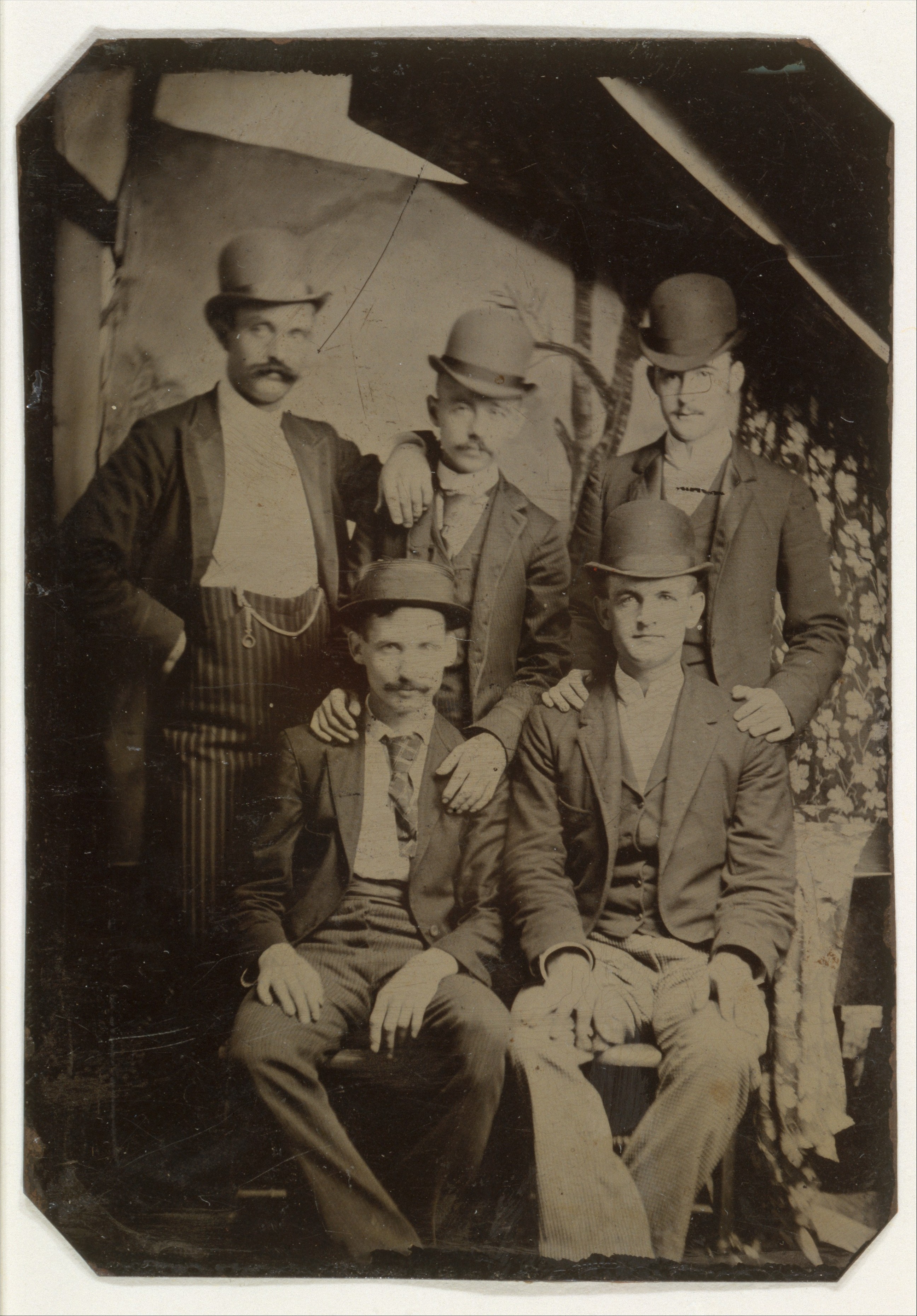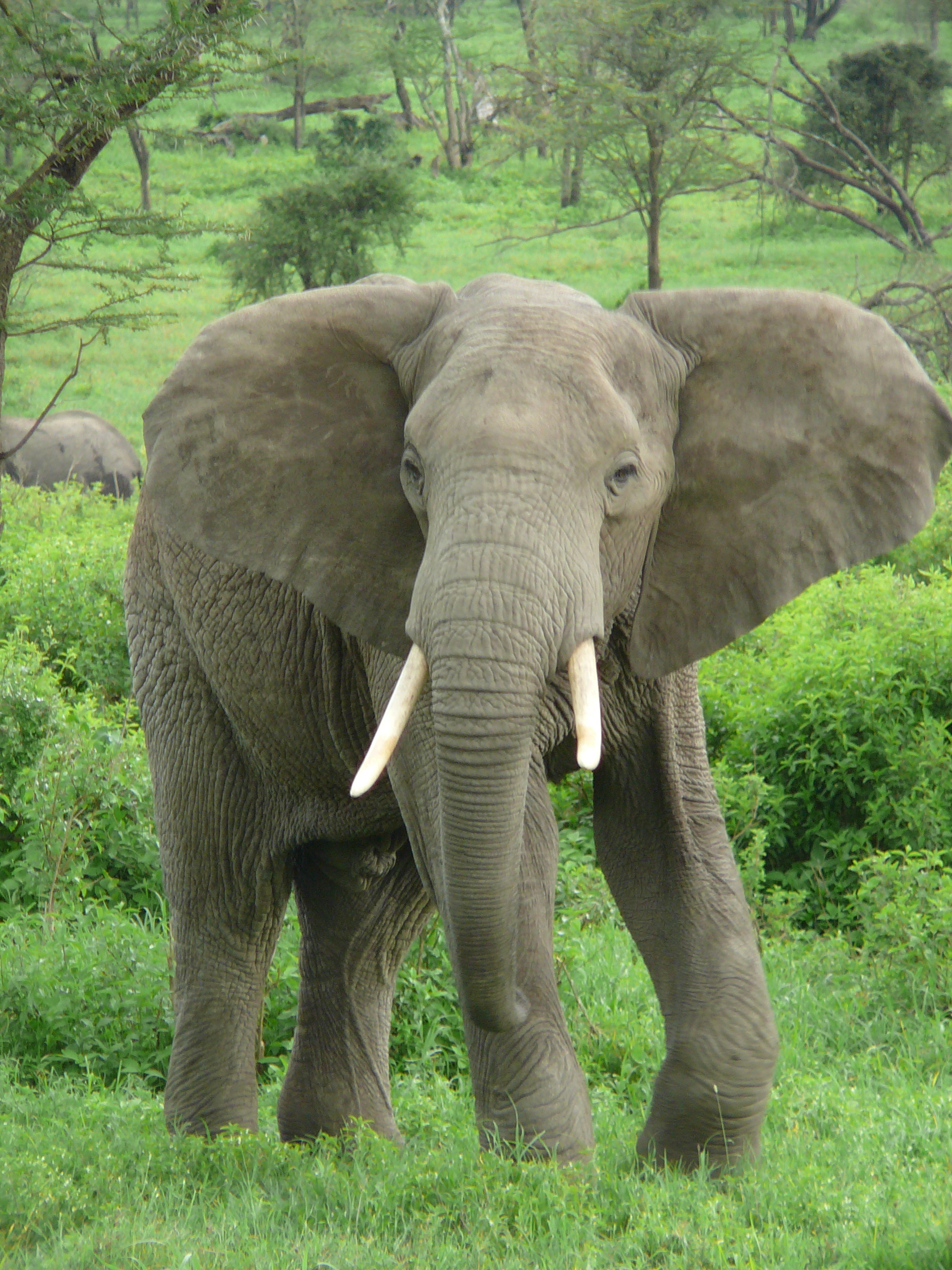|
Socorro County, New Mexico
Socorro County is a county in the U.S. state of New Mexico. As of the 2010 census, the population was 17,866. The county seat is Socorro. The county was formed in 1852 as one of the original nine counties of New Mexico Territory. Socorro was originally the name given to a Native American village (''see'': Puebloan peoples) by Don Juan de Oñate in 1598. Having received vitally needed food and assistance from the native population, Oñate named the pueblo ''Socorro'' ("succor" in English). Socorro County is home to multiple scientific research institutions including New Mexico Institute of Mining and Technology, the National Radio Astronomy Observatory and its associated Very Large Array, the Magdalena Ridge Observatory, and the Langmuir Laboratory for Atmospheric Research. Federal public lands in Socorro County include parts of the Cibola National Forest, the Bosque del Apache National Wildlife Refuge, the Sevilleta National Wildlife Refuge, the Bureau of Land Management ( ... [...More Info...] [...Related Items...] OR: [Wikipedia] [Google] [Baidu] |
Sevilleta National Wildlife Refuge
The Sevilleta National Wildlife Refuge is a protected area of New Mexico managed by the United States Fish and Wildlife Service as part of the National Wildlife Refuge System. It is located in the Chihuahuan Desert, 20 miles north of Socorro, New Mexico. The Rio Salado and the Rio Grande flow through the refuge. History The area that is now the Sevilleta National Wildlife Refuge was inhabited by the Piro Pueblo prior to Spanish arrival in 1598 in what is now the southwestern part of the United States. El Camino Real de Tierra Adentro, which passed through the area, was the main transportation route from Santa Fe, New Mexico to Mexico City, Mexico. In 1680, Governor Antonio de Otermin of Santa Fe retreated through the area to El Paso during the Pueblo Revolt. By this time, the Piro Pueblo, as well as many other Pueblos, were already abandoned due to Spaniard encroachment. After the Piro were gone, the Spanish built a military post called "New Sevilla" on the site. This post beca ... [...More Info...] [...Related Items...] OR: [Wikipedia] [Google] [Baidu] |
Apache Kid
Haskay-bay-nay-ntayl ( 1860 – in or after 1894), better known as the Apache Kid, was born in Aravaipa Canyon (25 miles (40 kilometers) south of San Carlos Agency) into one of the three local groups of the Aravaipa/Arivaipa Apache Band (in Apache:''Tsee Zhinnee'' – ″Dark Rocks People″) of San Carlos Apache, one subgroup of the Western Apache people. As a member of what the U.S. government called the "SI band", Kid developed important skills and became a famous and respected scout and later a notorious renegade active in the borderlands of the U.S. states of Arizona and New Mexico in the late 19th and possibly the early 20th centuries. His exact date of birth is unknown, but he is believed to have been born sometime in the 1860s. His year of death is generally given as 1894, but some New Mexico cattle ranchers claimed he was alive until the 1930s. The Apache Kid Wilderness in New Mexico is named after him.Julyan, Bob and Till, Tom (1998) ''New Mexico's Wilderness Areas: Th ... [...More Info...] [...Related Items...] OR: [Wikipedia] [Google] [Baidu] |
Victorio
Victorio (Bidu-ya, Beduiat; ca. 1825–October 14, 1880) was a warrior and chief of the Warm Springs band of the Tchihendeh (or Chihenne, often called Mimbreño) division of the central Apaches in what is now the American states of Texas, New Mexico, Arizona, and the Mexican states of Sonora and Chihuahua. In Victorio's War from September 1879 to October 1880, Victorio led a band of Apaches, never numbering more than 200 men, in a running battle with the U.S. and Mexican armies and the civilian population of New Mexico, Texas, and northern Mexico, fighting two dozen skirmishes and battles. He and most of his followers were killed or captured by the Mexican army in the Battle of Tres Castillos in October 1880. War leader and chief Victorio grew up in the Chihenne band. There is speculation that he or his band had Navajo kinship ties and was known among the Navajo as "he who checks his horse". Victorio's sister was the famous woman warrior Lozen, or the "Dextrous Horse Thief" ... [...More Info...] [...Related Items...] OR: [Wikipedia] [Google] [Baidu] |
Geronimo
Geronimo ( apm, Goyaałé, , ; June 16, 1829 – February 17, 1909) was a prominent leader and medicine man from the Bedonkohe band of the Ndendahe Apache people. From 1850 to 1886, Geronimo joined with members of three other Central Apache bands the Tchihende, the Tsokanende (called Chiricahua by Americans) and the Nednhito carry out numerous raids, as well as fight against Mexican and U.S. military campaigns in the northern Mexico states of Chihuahua and Sonora and in the southwestern American territories of New Mexico and Arizona. Geronimo's raids and related combat actions were a part of the prolonged period of the Apache–United States conflict, which started with the American invasion of Apache lands following the end of the war with Mexico in 1848. Reservation life was confining to the free-moving Apache people, and they resented restrictions on their customary way of life. Geronimo led breakouts from the reservations in attempts to return his people to their previo ... [...More Info...] [...Related Items...] OR: [Wikipedia] [Google] [Baidu] |
Cochise
Cochise (; Apache: ''Shi-ka-She'' or ''A-da-tli-chi'', lit.: ''having the quality or strength of an oak''; later ''K'uu-ch'ish'' or ''Cheis'', lit. ''oak''; June 8, 1874) was leader of the Chihuicahui local group of the Chokonen and principal nantan of the Chokonen band of the Chiricahua Apache. A key war leader during the Apache Wars, he led an uprising that began in 1861 and persisted until a peace treaty was negotiated in 1872. Cochise County is named after him. Biography Cochise (or "Cheis") was one of the most noted Apache leaders (along with Geronimo and Mangas Coloradas) to resist intrusions by Mexicans and Americans during the 19th century. He was described as a large man (for the time), with a muscular frame, classical features, and long, black hair, which he wore in traditional Apache style. He was about tall and weighed about .Roberts (1993), ''Once They Moved Like the Wind''. In his own language, his name ''Cheis'' meant "having the quality or strength of oak. ... [...More Info...] [...Related Items...] OR: [Wikipedia] [Google] [Baidu] |
Butch Cassidy's Wild Bunch
Butch Cassidy's Wild Bunch was one of the loosely organized outlaw gangs operating out of the Hole-in-the-Wall, near Kaycee in Wyoming, a natural fortress with caves, with a narrow entrance that was constantly guarded. In the beginning, the gang was referred to as the "Hole in the Wall Gang" during the Old West era in the United States. It was popularized by the 1969 movie, ''Butch Cassidy and the Sundance Kid'', and took its name from the original Wild Bunch. The gang was led by Butch Cassidy, and it included his closest friend Elzy Lay, the Sundance Kid, Tall Texan, News Carver, Camilla "Deaf Charley" Hanks, Laura Bullion, Flat-Nose Curry, Kid Curry, and Bob Meeks. They were the most successful train-robbing gang in history. History The Wild Bunch gang claimed to make every attempt to abstain from killing people, and Cassidy boasted of having never killed a single man or woman in his entire career. These claims were false, however. Kid Curry, "Flat-Nose" Curry, Will "Ne ... [...More Info...] [...Related Items...] OR: [Wikipedia] [Google] [Baidu] |
Apache Wars
The Apache Wars were a series of armed conflicts between the United States Army and various Apache tribal confederations fought in the southwest between 1849 and 1886, though minor hostilities continued until as late as 1924. After the Mexican–American War in 1846, the United States inherited conflicted territory from Mexico which was the home of both settlers and Apache tribes. Conflicts continued as new United States citizens came into traditional Apache lands to raise livestock and crops and to mine minerals. The U.S. Army established forts to fight Apache tribal war parties and force Apaches to move to designated Indian reservations created by the U.S. in accordance with the Indian Removal Act. Some reservations were not on the traditional areas occupied by the Apache. In 1886, the U.S. Army put over 5,000 soldiers in the field to fight, which resulted in the surrender of Geronimo and 30 of his followers. This is generally considered the end of the Apache Wars, althoug ... [...More Info...] [...Related Items...] OR: [Wikipedia] [Google] [Baidu] |
Apache
The Apache () are a group of culturally related Native American tribes in the Southwestern United States, which include the Chiricahua, Jicarilla, Lipan, Mescalero, Mimbreño, Ndendahe (Bedonkohe or Mogollon and Nednhi or Carrizaleño and Janero), Salinero, Plains (Kataka or Semat or "Kiowa-Apache") and Western Apache ( Aravaipa, Pinaleño, Coyotero, Tonto). Distant cousins of the Apache are the Navajo, with whom they share the Southern Athabaskan languages. There are Apache communities in Oklahoma and Texas, and reservations in Arizona and New Mexico. Apache people have moved throughout the United States and elsewhere, including urban centers. The Apache Nations are politically autonomous, speak several different languages, and have distinct cultures. Historically, the Apache homelands have consisted of high mountains, sheltered and watered valleys, deep canyons, deserts, and the southern Great Plains, including areas in what is now Eastern Arizona, Northern Mexico ... [...More Info...] [...Related Items...] OR: [Wikipedia] [Google] [Baidu] |
Megafauna
In terrestrial zoology, the megafauna (from Greek μέγας ''megas'' "large" and New Latin ''fauna'' "animal life") comprises the large or giant animals of an area, habitat, or geological period, extinct and/or extant. The most common thresholds used are weight over see page 17 (i.e., having a mass comparable to or larger than a human) or over a tonne, (i.e., having a mass comparable to or larger than an ox). The first of these include many species not popularly thought of as overly large, and being the only few large animals left in a given range/area, such as white-tailed deer, Thomson's gazelle, and red kangaroo. In practice, the most common usage encountered in academic and popular writing describes land mammals roughly larger than a human that are not (solely) domesticated. The term is especially associated with the Pleistocene megafauna – the land animals often larger than their extant counterparts that are considered archetypical of the last ice age, such as mammoth ... [...More Info...] [...Related Items...] OR: [Wikipedia] [Google] [Baidu] |
New World
The term ''New World'' is often used to mean the majority of Earth's Western Hemisphere, specifically the Americas."America." ''The Oxford Companion to the English Language'' (). McArthur, Tom, ed., 1992. New York: Oxford University Press, p. 33: "[16c: from the feminine of ''Americus'', the Latinized first name of the explorer Amerigo Vespucci (1454–1512). The name ''America'' first appeared on a map in 1507 by the German cartographer Martin Waldseemüller, referring to the area now called Brazil]. Since the 16c, a name of the western hemisphere, often in the plural ''Americas'' and more or less synonymous with ''the New World''. Since the 18c, a name of the United States of America. The second sense is now primary in English: ... However, the term is open to uncertainties: ..." The term gained prominence in the early 16th century, during Europe's Age of Discovery, shortly after the Italian explorer Amerigo Vespucci concluded that America (now often called ''the Am ... [...More Info...] [...Related Items...] OR: [Wikipedia] [Google] [Baidu] |





